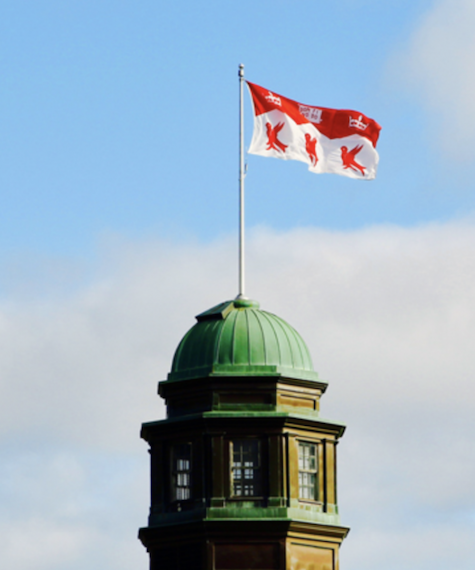Sun safety declining in Canada amid rise in skin cancer cases

Despite decades of public health messaging, Canadians are spending more time in the sun and using less sun protection – raising alarms among researchers as melanoma cases continue to climb.
That trend is highlighted in a McGill University-led study that analyzed national survey data collected between 2011 and 2018 from over 77,000 people, representing a weighted sample of 21 million Canadians.
Researchers found that 75 per cent of adult Canadians reported spending at least 30 minutes in the sun on summer days off, with nearly half staying out for two hours or more. Most reported irregular or no use of sunscreen. One in three Canadians experienced a sunburn in the past year.
Young adults were much more likely to get sunburned and use tanning beds than older adults, and they were also less likely to wear protective clothing.
“This increasing sun exposure and decreasing protection is very concerning,” said Dr. Ivan Litvinov, senior study author and Associate Professor of Dermatology at McGill. “Episodic sunburns, especially in childhood or adolescence, significantly increase the risk of melanoma later in life.”
Litvinov points to cultural beauty standards, a sense of invincibility among youth and potential cost barriers for sun protection as key factors driving these behaviours.
Melanoma – the deadliest form of skin cancer – rose by an estimated 17 per cent in 2024 over the previous year, with approximately 11,000 new cases diagnosed across the country. Other forms of skin cancer are also becoming more common.
About the study
“Evaluating UV exposure and skin cancer prevention behaviours in Canada: a national population-based cross-sectional study” by Amina Moustaqim-Barrette and Ivan Litvinov et al., was published in BMJ Public Health.
The study was funded by the Canadian Cancer Society, the Canadian Institutes of Health Research, the Cancer Research Society, and the Fonds de la recherche du Québec—Santé.

